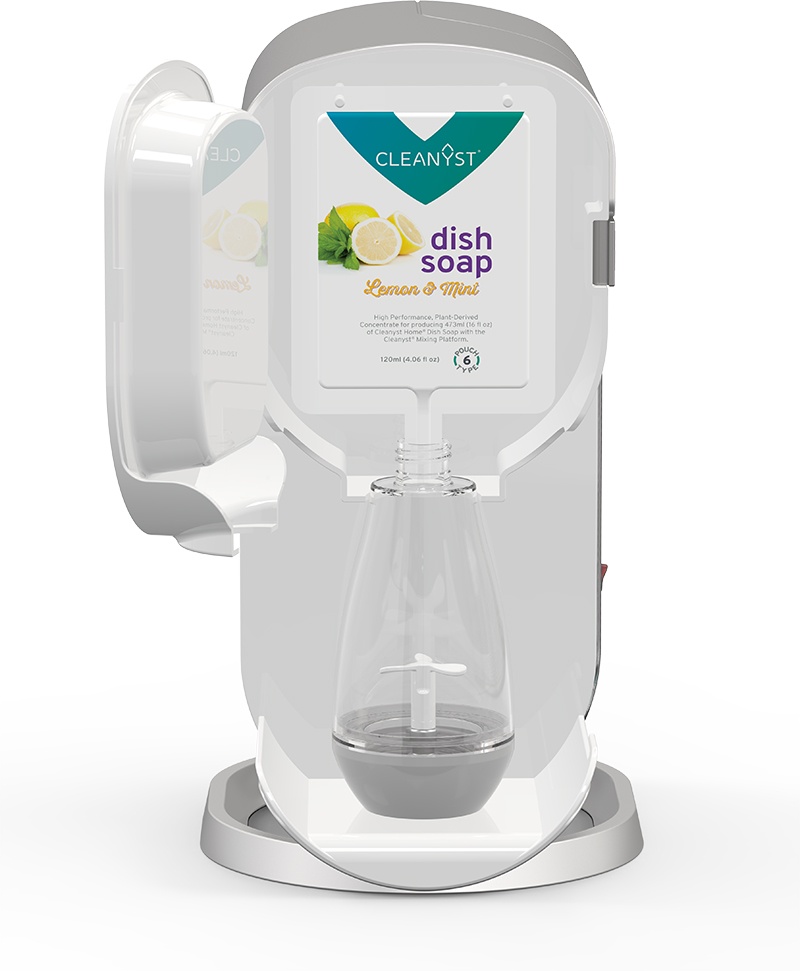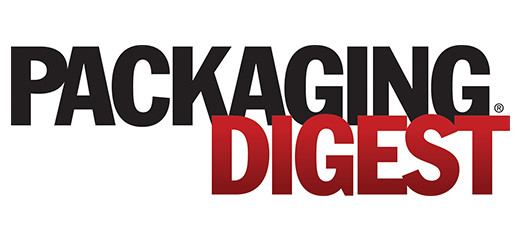Learn how reusable packaging platform Cleanyst intends to revolutionize the health and cleaning products industries in my new article for Packaging Digest. Titled "Cleanyst: The Intersection of Sustainability and Ecommerce," this article describes how consumers can make anything from surface cleaner to shampoo at home via concentrates and a mixing appliance, reducing water weight and packaging materials throughout the supply chain.



